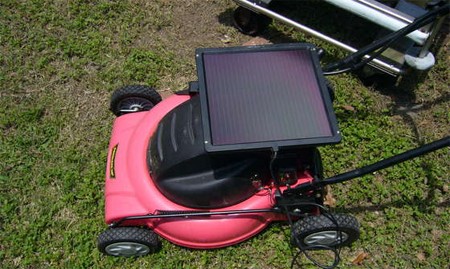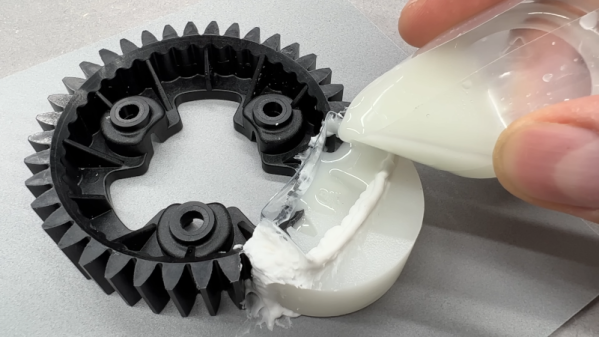
[Torx] wrote this instructable on how to convert a lawnmower to another useful tool. We’re not sure what language he natively speaks, but we doubt it is english, so you might be better off just looking at the pictures to figure out what he’s doing. To summarize, he has lowered the mower and reversed/bent the blade to scrape the ground. He has also added thick rubber edges all around to try to keep debris from coming out. You might be wondering why he would need something like this, but the last page sums it up pretty well. We could imagine this possibly getting some use in the garden as well. This one does look pretty dangerous though, so don’t blame us if you cut off a hand or lose an eye to some debris. Then again, a regular lawnmower looks pretty dangerous too.















